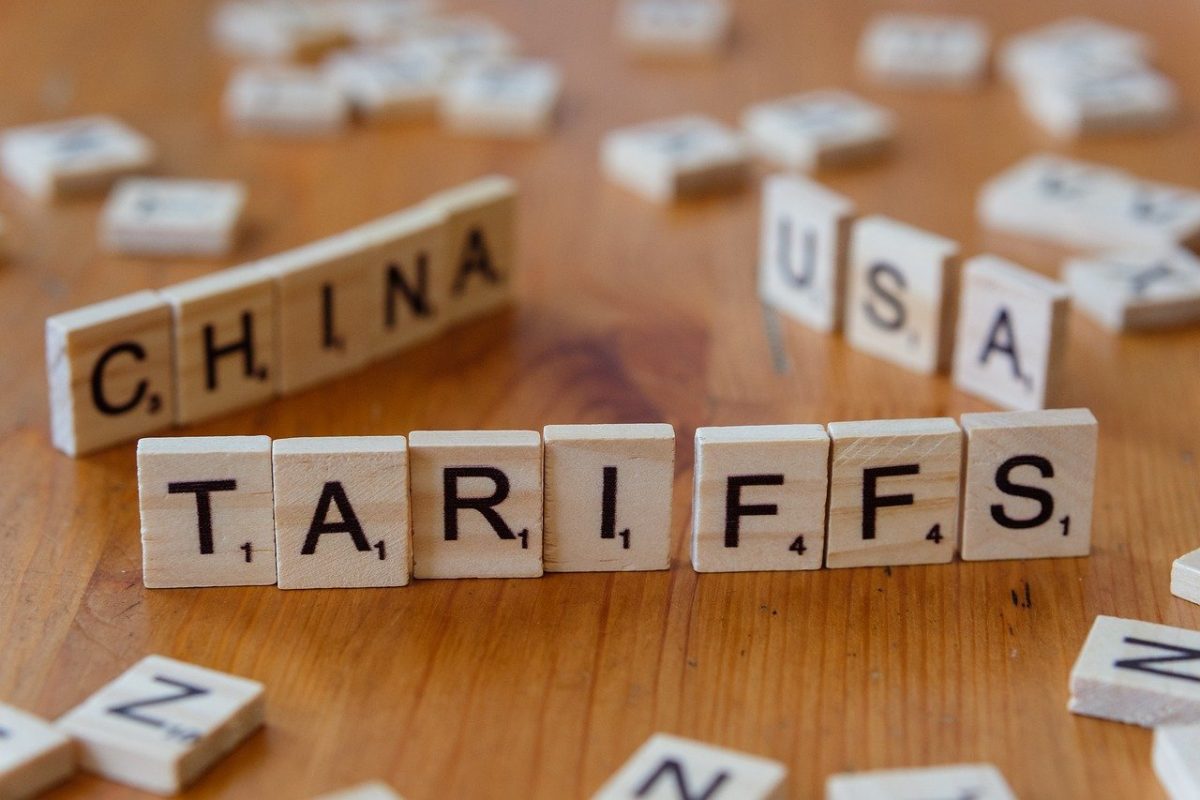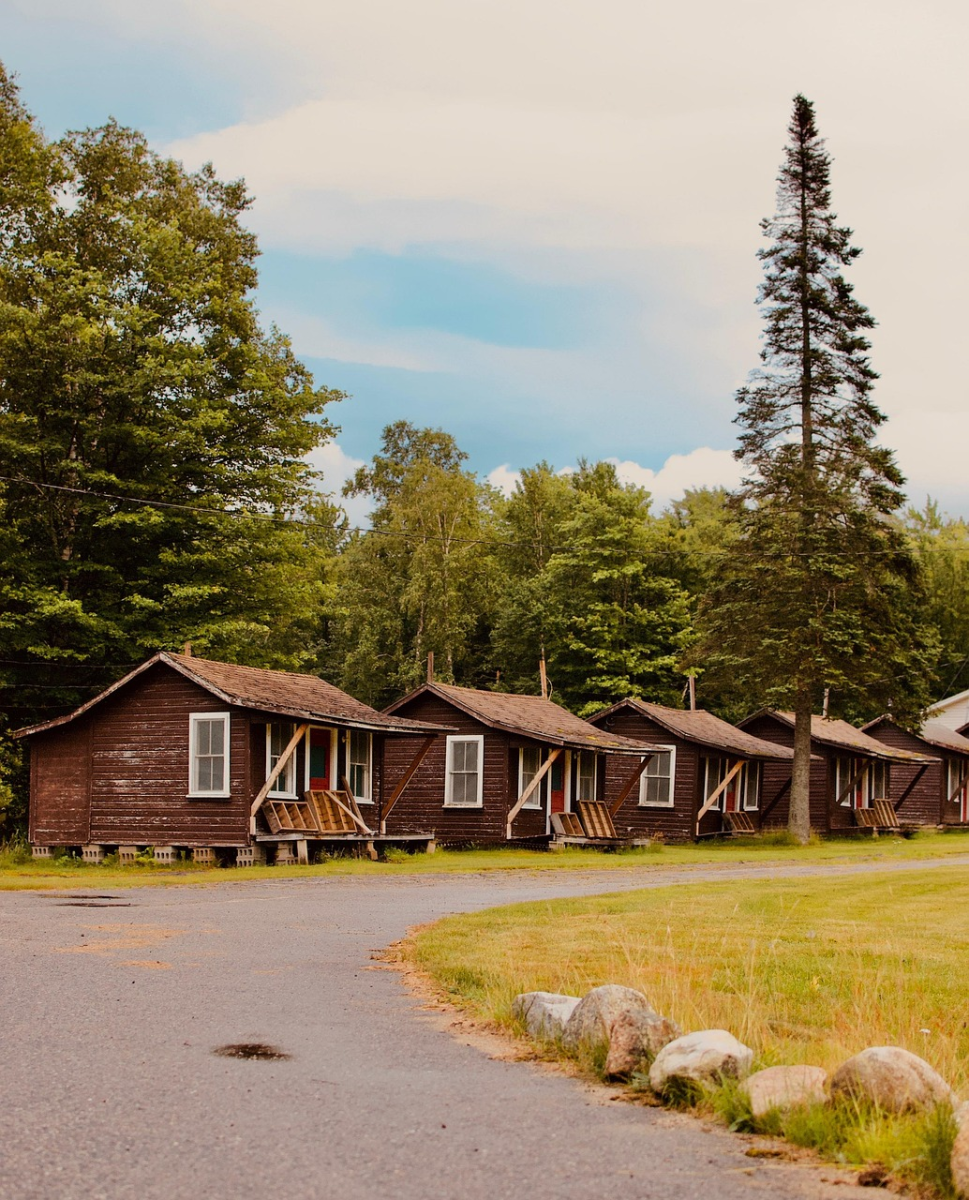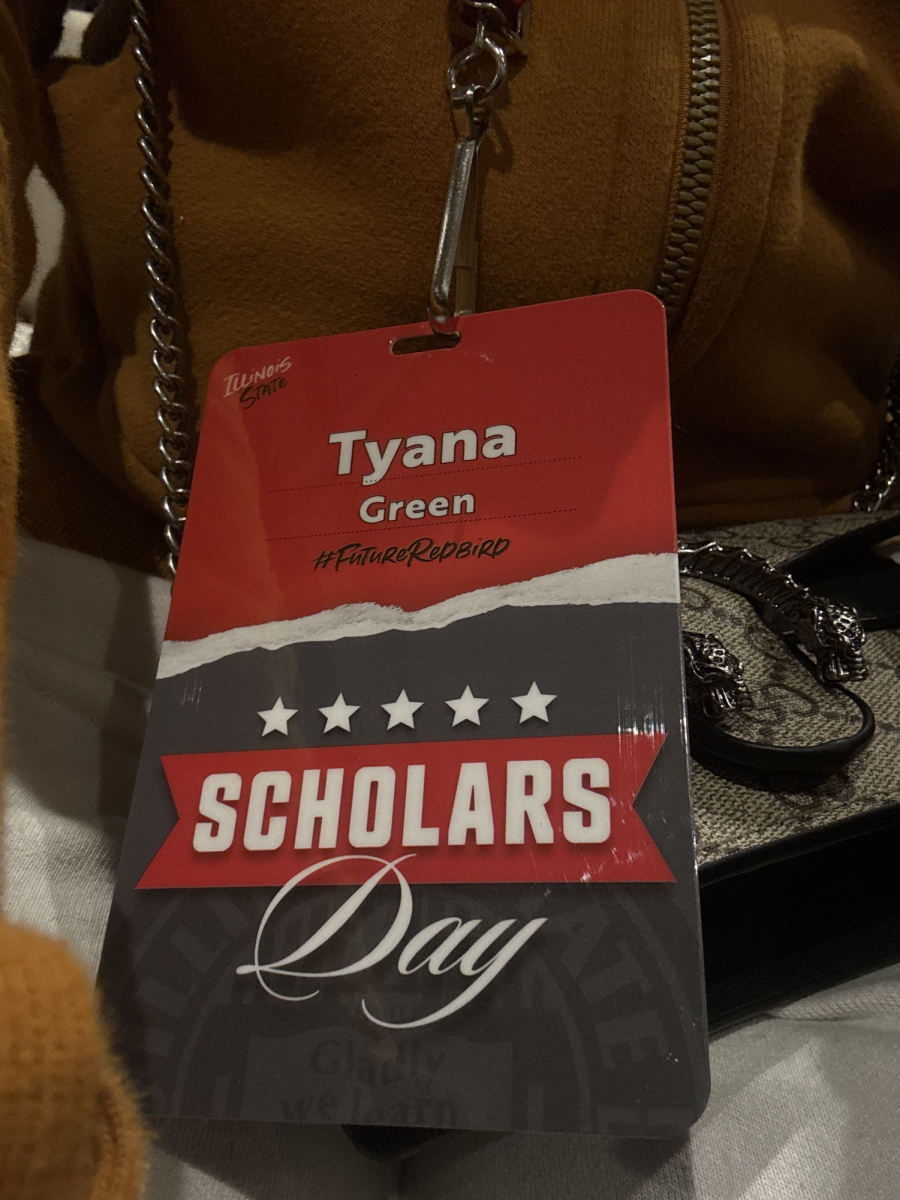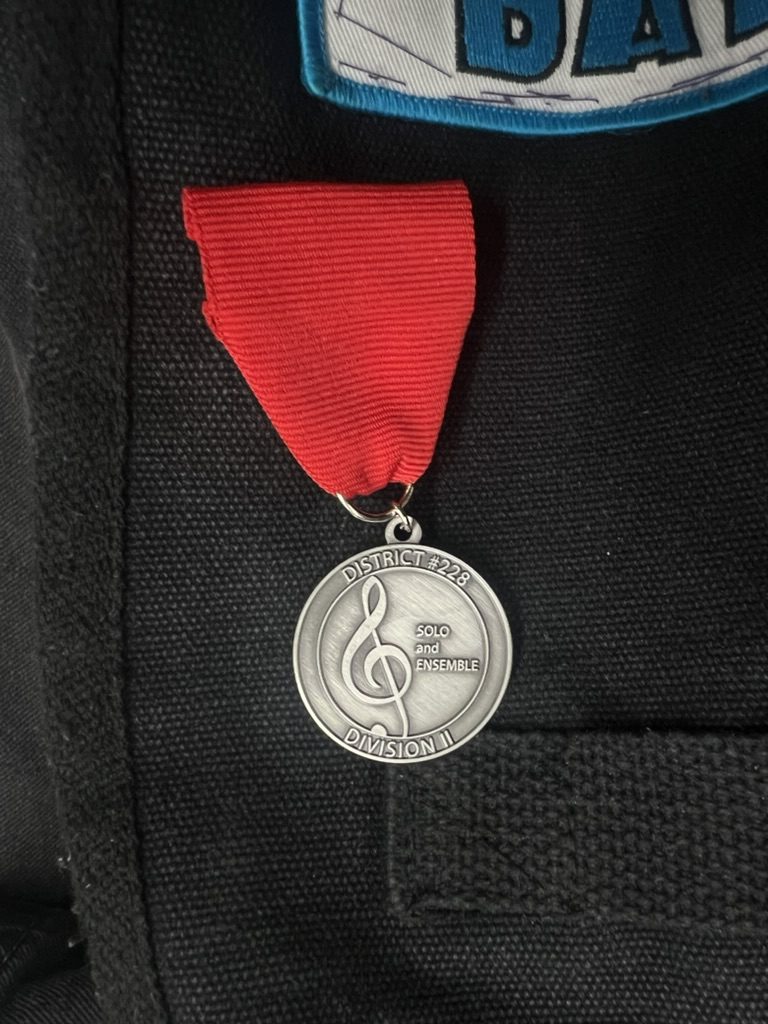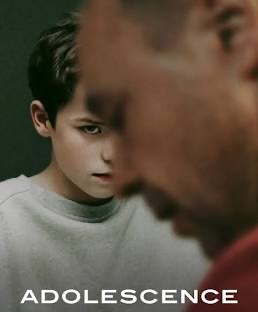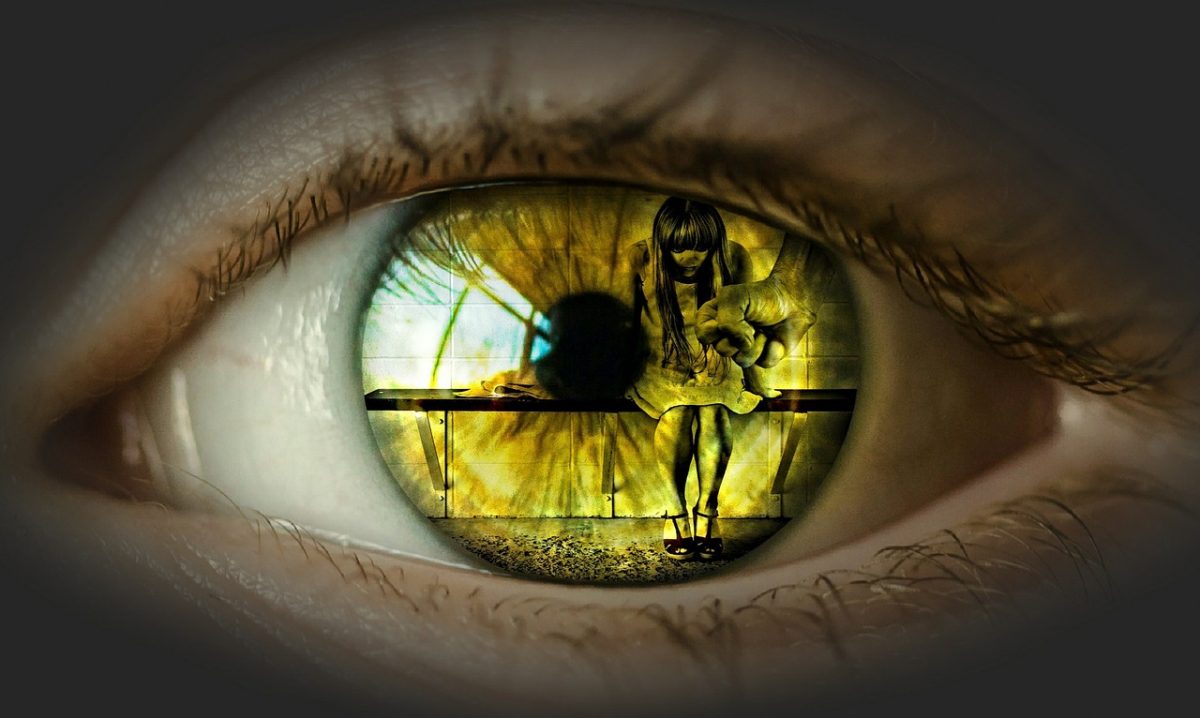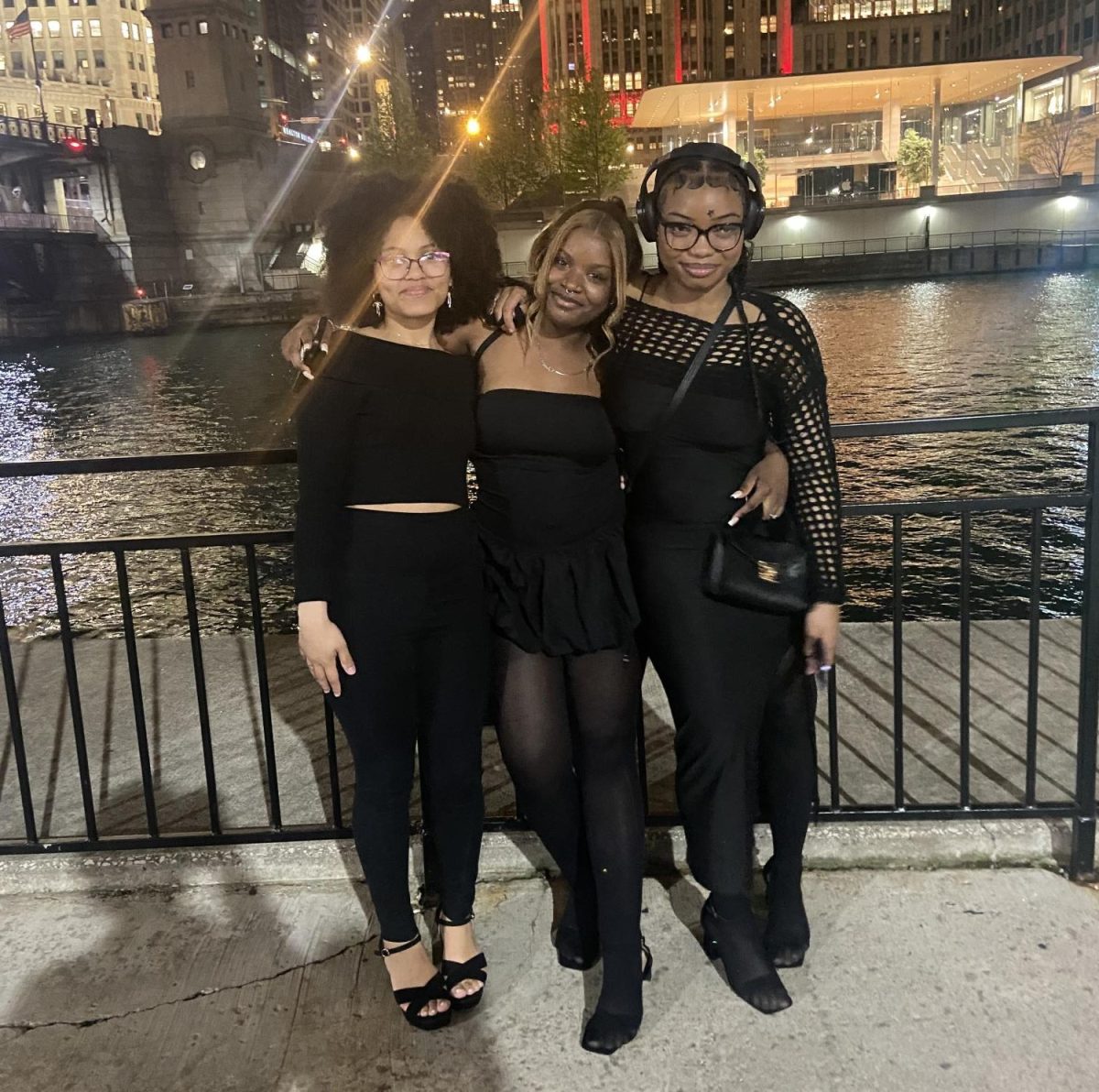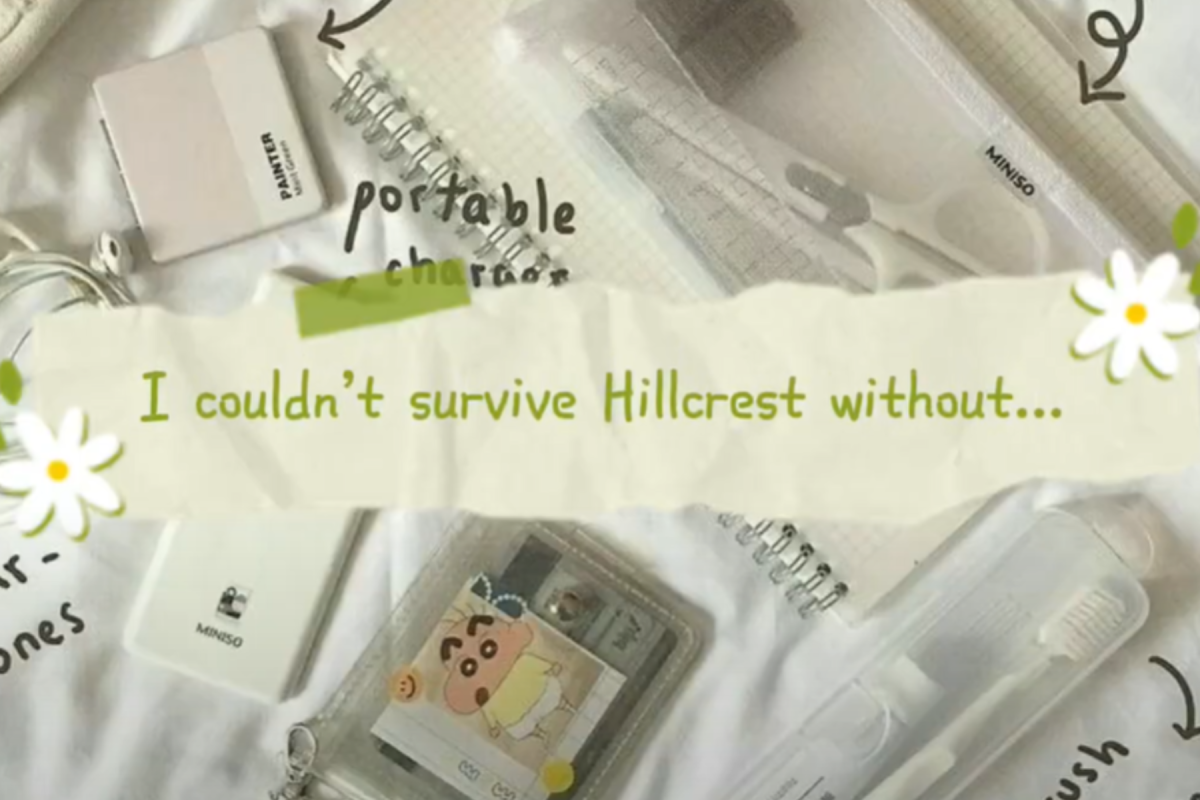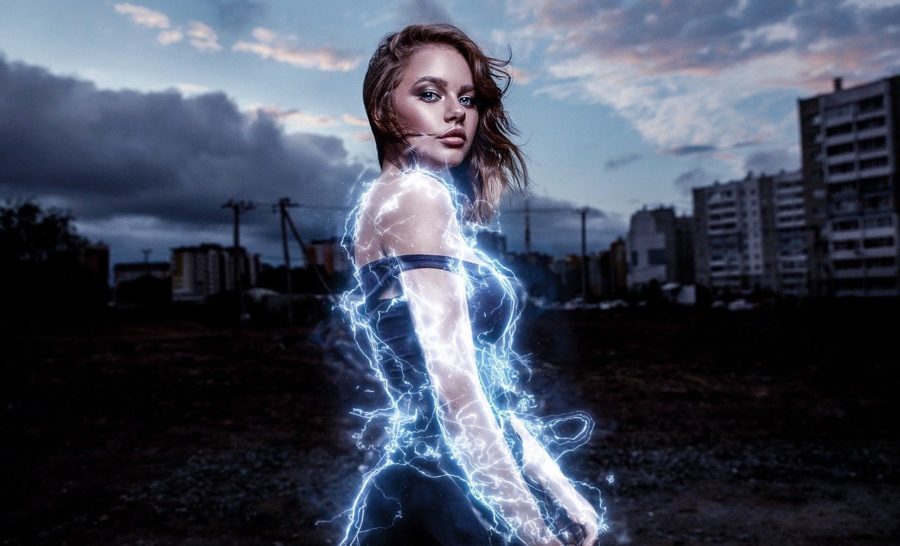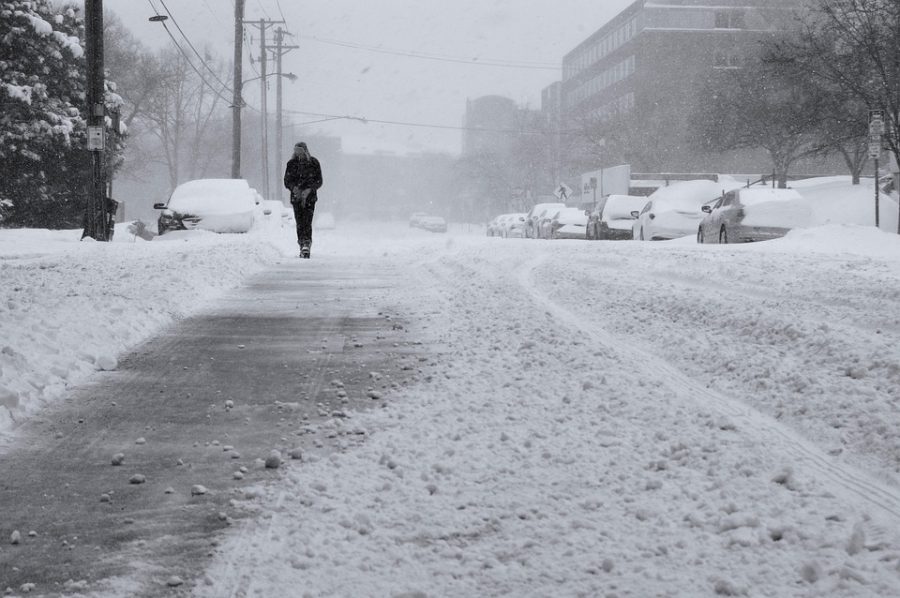Snowstorm
March 11, 2018
Last Friday on the East coast more the two feet of snow hit and wind gusts over 50 mph to residents in the Northeast from a thundersnow. More than 800,000 people were without electricity and the, heavy snow and icy roads prompted officials to close schools and cancel or delay thousands of flights across the region.More than 2,000 flights were cancelled last Wednesday night about 1,900 in the New York metro area alone , and dozens of roads had also been closed and residents were advised to avoid travel unless necessary.
New Jersey Transit canceled service on its most heavily traveled train lines because of downed trees on the tracks. New Jersey Transit ran limited service on its commuter rail lines as work crews cleared hundreds of trees.The combination of heavy, wet snow and strong winds has brought down many large trees in the Northeast. This goes to show how an 88-year-old woman died after she was struck by a falling tree in Suffern, New York. Even A truck was hit by a falling tree on a Connecticut highway.
Ten people were taken to hospitals with symptoms of carbon monoxide poisoning after running a generator inside a home in North White Plains, New York. Poisoning occurs when carbon monoxide fills a confined space and is inhaled. The gas takes the place of oxygen in a person’s blood, cutting off the supply to the brain, heart and other organs.The widespread thundersnow was reported in the New York City area, parts of New Jersey, eastern Pennsylvania and southern New England.Northeastern University women’s basketball team pushed their bus back on course after it was stuck in the snow outside in Philadelphia.
They have given the storm the name Quinn. Quinn was named February 28th as it began to impact the Sierra Nevada and other parts of the Mountain West with heavy snow and strong winds.The storm developed in late February near the U.S. West Coast. Some scientists say that climate change is fueling stronger thundersnow by warming the water on the coast.
Also that the larger the difference in temperature, the more powerful the storm. The governors of New Jersey and Pennsylvania declared states of emergency before storm Quinn arrived. In towns like Westfield and Montclair,municipal workers cut hundreds of trees down and removed them from blocking the roads. Massachusetts was hardest hit by outages, with more than 345,000 without service.In New Jersey, the state’s major utilities reported more than 247,000 customers without power.
Living in Chicago winter,cold weather,and snow storms are very common to us. From about late November to late February we have to worry about the icy roads ,shoveling snow,and getting home safely. The difference in a blizzard and a thundersnow is that a blizzard you are just stuck wherever you are.There aren’t usually deaths involved and power is rarely ever lost in cities and homes. The worst blizzard in the history of Illinois was in 1967 where there was 23 inches of snow 2500 workers deployed and 26 people died due to heart attacks and murder.

